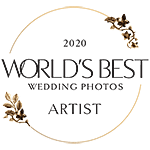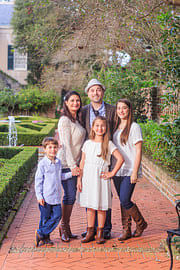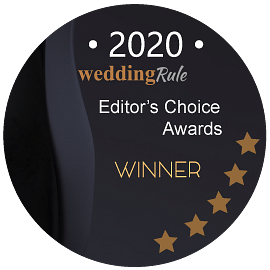
Food Photography: Seafood

"Presentation is everything..."
When I photographed this image for Mr. Ed's Oyster and Fish House he told me the image was to be vertical for a bus stop poster. Having this aspect ratio was the first thing I had to consider while setting up my imagery. I'll be the first to tell you that the way I would photograph food in the studio is very different from how we 99% of the time photograph food on location of where the restaurant resides. Depending on the room we are using, the table, the dining ware, and glasses all make a difference on how the final image will look.
Presentation is everything... working with a chef that knows how to build a plate of food for the sake of being photographed is hugely important. The time it takes to create this final product for the chef or the restaurant owner will vary due to all of the information I just gave you. The scene that I just portrayed happens a lot in my line of work. If people know how to be efficient and create together we can get more done in a smaller amount of time. I have seen a single plate of food take up to an hour because of the conflicts of plating, design, stacking, glassware and location.
I have a checklist I like to follow whenever a new food client arrives. We both have homework to do in order to create something beautiful together and the end results are beautiful!
#foodphotography #howtophotographyseafood #gkphotography #mredsoysterandfishhouse When I first started to photograph food I found myself researching all across the web for the best food photographers I could find. Without a doubt I love food photography that looks more like art in a menu image. This type of photography takes a lot of experience and knowledge. Whenever I photographed a restaurants menu the food art imagery sometimes is put aside for the aesthetics of how it is being used for marketing. The toughest food I have found to photograph is fried food. Our jobs as food photographers is to make food look moist and delicious. Fried food looks extremely dry on and off camera, so how do we make it look moist and delicious? Well the moist part sometimes is difficult to get so instead I accent the texture of the food with a hard light source. This enables a little bit of highlight which at times can replicate or shine. Photographing food follows the same rules as photographing landscapes and clothing.
When you photograph a landscape with a mountainous terrain and a beautiful lake you need to figure out the time of day that the sun is raking across the textured landscape. Light going across something will show more texture than light hitting it flat on, such as high noon. Photographing clothes is the same thing. The designer of the clothes ones to show all of the hours that went into creating the texture of the clothing he wants his model to wear. We use light sources other than the front of the subject to enhance the texture of the clothes. Food is the same way the amount of light we use in the front is way less than the amount of light we use from the sides in the back. When you decide to do three light system when photographing your plate of food compared to a natural light seen your results are very different. Depending on your style in the look that you're chef is going for will depict the way you expose your subject.






